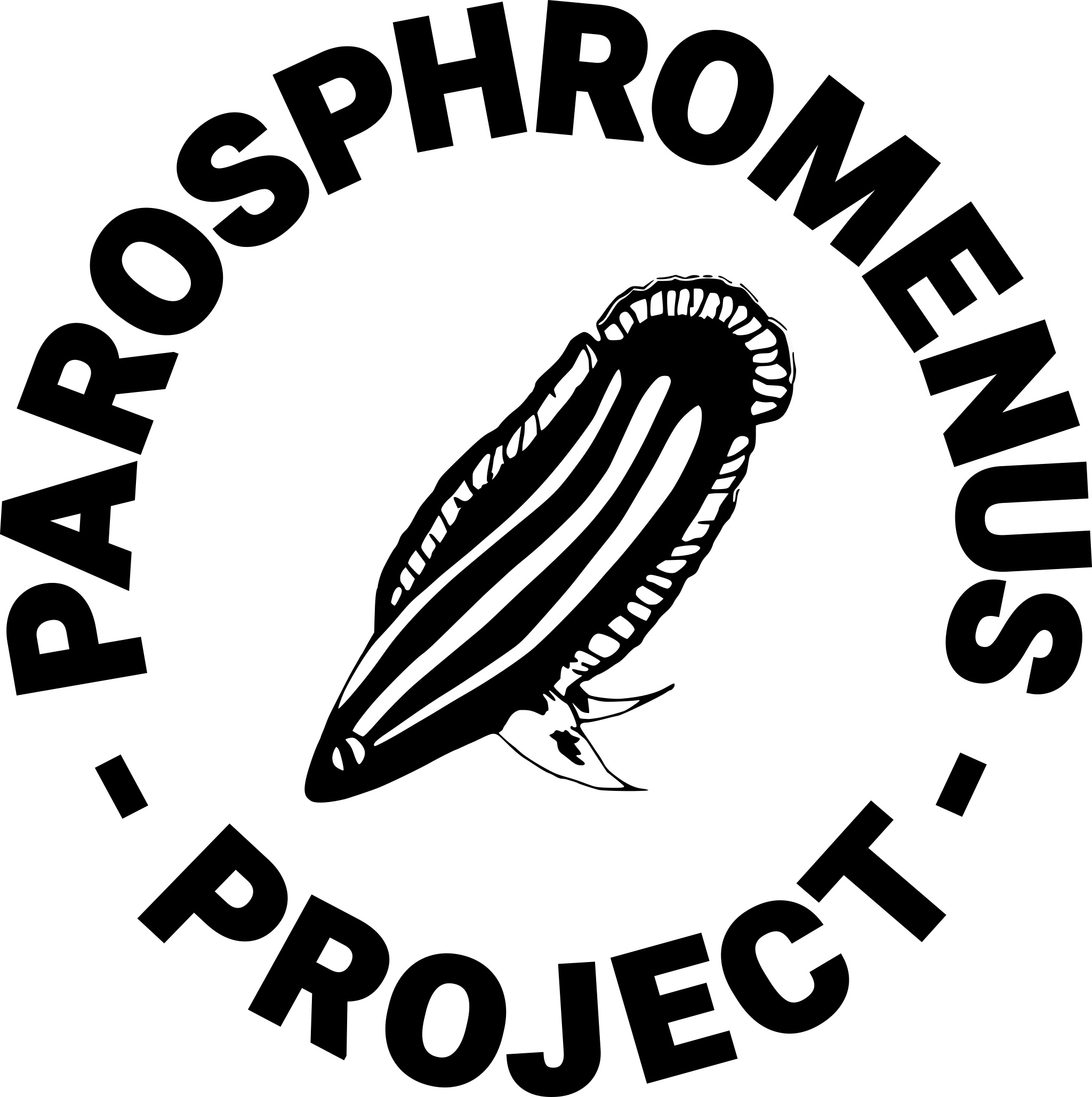- This topic has 6 replies, 5 voices, and was last updated 10 years, 12 months ago by
bartian.
-
AuthorPosts
-
June 19, 2014 at 8:24 pm #6701
Davy Grenouillet
ParticipantLooks like bintan with red on fins…
June 20, 2014 at 3:46 pm #6703Davy Grenouillet
Participantcf bintan Sentang?
June 20, 2014 at 10:54 pm #6705helene schoubye
KeymasterIt is hard to say, – but definitely no p. sp. sentang. This species would have only bluish turquise colours. The fish you are showing has a lot of red.
The only other species with this kind of colouring, as far as I know, would be the Parosphromenus rubrimontis – P. rubrimontis aff. Tanjon Malim, or p. aff.rubrimontis ‘ Mimbon 2008’ (which you can see some photos of under other species.June 20, 2014 at 11:07 pm #6706Davy Grenouillet
ParticipantWhen I look in the book of Peter and Martin, page 196, it´s the same fish that cf bintan Sentang…
June 22, 2014 at 12:38 pm #6714Stefanie Rick
ParticipantHi, Davy,
I think Helene is right – it appears to be a form of rubrimontis.
Compare to these pictures of my P. aff. rubrimontis Mimbon 2008:
June 22, 2014 at 1:28 pm #6715Peter Finke
ParticipantThe owner tells me that the origin of the fish is Sumatra. This is highly probably since the trade has had its major base there over the last five to seven years. The relatively biggest relics of the former widespread and rich populations of different Paros are to be found on Sumatra today. Therefore the catchers try it there. From Western Malaysia and Borneo come very few fish in the last years. The habitats are destroyed; it’s not atrractive from a commercial point of view any longer. It’s up to us to breed the living relics.
If Sumatra is right, then rubrimontis is most probably ecxluded. Anyway, spec. Mimbon 98 (I bred them some years ago and owned the last male offspring we know about) was a variant of alfredi and not of rubrimontis. And both species are native in small habitats in Western Malaysia. They have never been found on Sumatra (but see below).
I asked Horst (Linke) what his opinion is. He thinks it is phoenicurus and sent me a picture taken of a specimens short after beeing caught, in the plastic bag. It is similar indeed, but not identical from morphological reasons. So, nevertheless I think his presumption is wrong, either. Some other markers are missing.
Martin (Hallmann) thinks it is somewhat intermediate between bintan and phoenicurus, both forms native on Sumatra. I think, he is right. The fish might come from a habitat which is not yet known to us enthusiasts but to some commercial catchers only. It’s probably not rubrimontis but a similar hitherto unknown form. Just as phoenicurus from Sumatra is very similar to tweediei from Western Malaysia. In former times there was no sea gap in between; the habitats were connected by the landbridge of old “Sundaland”.
But: All these conjetures rest on some rather bad photos. We need big, sharp photos of males in full display colours. I know how difficult it is to get them, o yes! But until then we should keep silent with questions and answers.
June 24, 2014 at 1:51 am #6723bartian
ParticipantFor your information: they’re from the same batch as these: https://www.parosphromenus-project.org/fr/forum-2/9-Trade/1464-p-sumatranus-mixed-with-bintan-in-nederland.html?start=12
https://www.parosphromenus-project.org/fr/forum-2/26-Pictures/1509-p-sumatranus-probably.html https://www.youtube.com/watch?v=GjU75Vgrr8s
The fish in question strongly resemble this one: http://www.igl-home.de/forum/gallery/image_page.php?album_id=7&image_id=186&sk=t&sd=d&st=0
-
AuthorPosts
- You must be logged in to reply to this topic.

